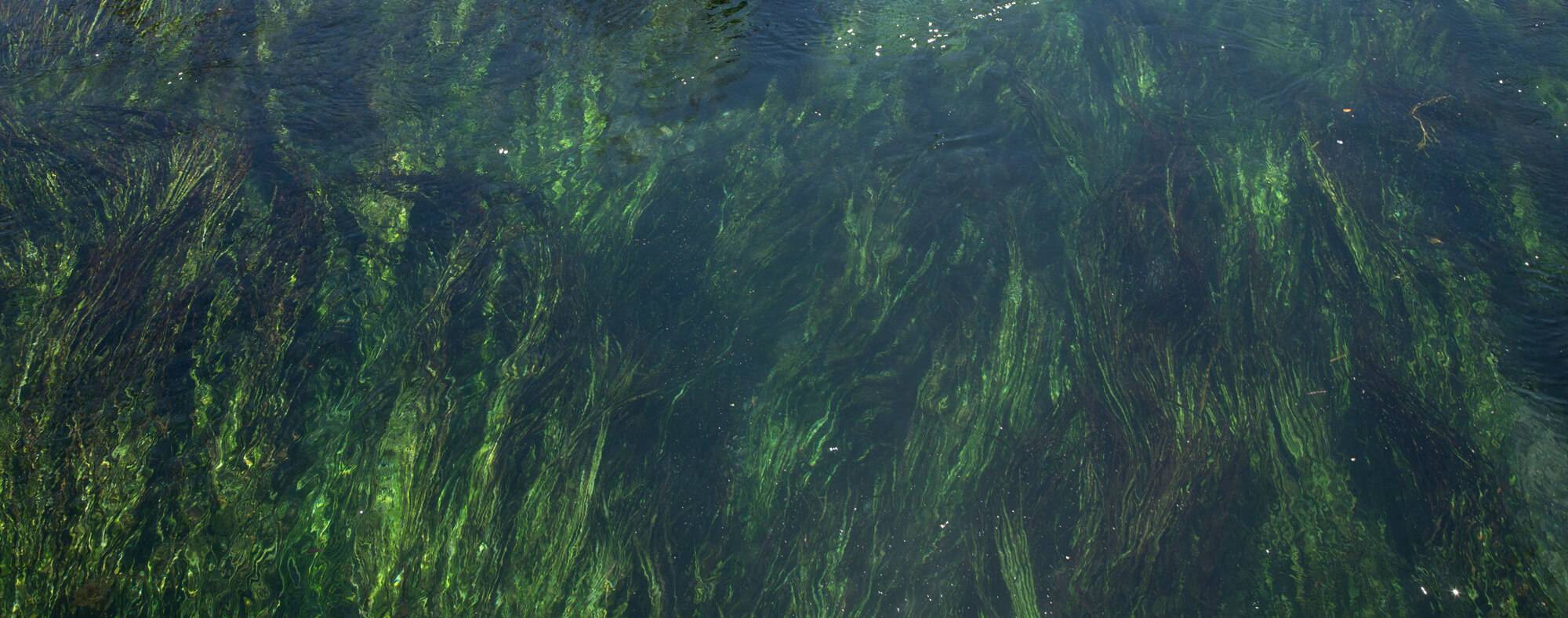Advanced
Advanced Water Quality Citizen Scientist Training
 Advanced monitoring involves performing tests for nitrate-nitrogen, orthophosphate, turbidity, and streamflow using the Advanced kit which can be performed at the same sampling time and location as your monthly Core monitoring.
Advanced monitoring involves performing tests for nitrate-nitrogen, orthophosphate, turbidity, and streamflow using the Advanced kit which can be performed at the same sampling time and location as your monthly Core monitoring.
Advanced Water Quality Parameters
-
Nitrate-Nitrogen
Nitrate-Nitrogen is a compound containing nitrogen which can exist as a dissolved solid in water. Nitrates are produced as a result of the decomposition of animal and human waste and can often be an indication of pollution levels of the water. Excessive amounts of nitrate-nitrogen can have harmful effects on humans and animals.
View our Advanced Water Quality Nitrate-Nitrogen Monitoring video to learn more about Nitrate-Nitrogen and our protocols.
-
Orthophosphate
Testing for the water quality parameter Orthophosphate detects the amount of readily available phosphate in water itself. It does not include any phosphate bound to plant or animal tissues. Excess phosphate can cause massive growth of algae, which reduces the sunlight available to other plants and other aquatic live. Once the algae die, the bacteria that breaks down the algae uses up a lot of dissolved oxygen, lowers oxygen levels in the water, ultimately depriving it from other aquatic life. In worse case scenarios, aquatic life can suffocate and die.
View our Advanced Water Quality Orthophosphate Monitoring video to learn more about orthophosphate and our protocols.
-
Turbidity
Turbidity is the cloudiness or haziness of a fluid, caused by dissolved or suspended solids that scatter light, making the water appear cloudy or murky. These solids are usually invisible to the naked eye.
High Turbidity is harmful to aquatic life because it inhibits photosynthesis, degrades spawning beds, and clogs the gills of aquatic organisms. Turbidity also increases the cost of water treatment for drinking and food processing. On top of this, turbidity is aesthetically unpleasing, resulting in a harmful impact to recreation and tourism.
View our Advanced Water Quality Turbidity Monitoring video to learn more about turbidity and our protocols.
-
Streamflow
Streamflow is the flow of a water body and is a function of water volume and velocity. Collecting streamflow is important as it can impact water quality and existing ecology. When water bodies contain a high streamflow, pollutants are able to be transferred, degraded, and diluted, having little effect on the water body. All of which, a water body with low streamflow is unable to do, making it more susceptible to poor water quality.
Advanced Water Quality Citizen Scientist Training
Prerequisites: The following prerequisites are required to participate in the Advanced training:
- Must at least 14 years of age (9th grade).
- Must have completed either the Standard Core Water Quality Citizen Scientist Training or the Probe Core Water Quality Citizen Scientist Training.
- Must have at least 6 months of core monitoring experience.
Texas Stream Team Standard Advanced citizen scientists are certified by completing a three-phase training that measures the physical and chemical parameters of water mentioned above.
We ask citizen scientists to make a commitment to monitor at least one site monthly for at least one year. Citizen scientists performing water quality are encouraged to monitor their site(s) monthly at the same time of day each month. For example, a possible monitoring schedule would be the first Saturday of the month at 10:00 am. Adherence to a consistent monitoring time is crucial because the physical and chemical parameters fluctuate over a 24-hour period. Monitoring takes approximately one to two hours depending on the time spent traveling to the site.
-
Phase I
Phase I of the training provides an introduction to the Advanced parameters mentioned above and the significance of Advanced monitoring and collecting streamflow. Side-by-side monitoring will be conducted with the certified trainer(s).
-
Phase II
Phase II of the training allows trainees the opportunity to conduct streamflow and Advanced monitoring procedures in the field with the assistance of the trainer(s). The trainer carefully observes the trainees’ procedures, answers and questions, and corrects obvious mistakes.
-
Phase III
In Phase III, the trainee conducts the Advanced parameters and completes the monitoring form without guidance from the Trainer. When the trainer believes that each trainee has successfully completed the three training phases, the training packet is completed, and the liability forms are signed, the trainee is then considered a certified Texas Stream Team Advanced Water Quality Citizen Scientist.
Resources
-
Pre-Training
-
Post-Training
-
Advanced Monitoring
Advanced Water Quality Citizen Scientist Manual
Group Monitoring Plan - Updated 01/17/2023
Advanced Citizen Scientist Environmental Monitoring Form
Nitrate-Nitrogen & Turbidity Field Guide (coming soon)
Orthophosphate Field Guide (coming soon)
Dataviewer and Datamap
Funding Guidance
Site Selection Guide
New Monitoring Site Request Form
Private Property Access Form
Supply Order Form
